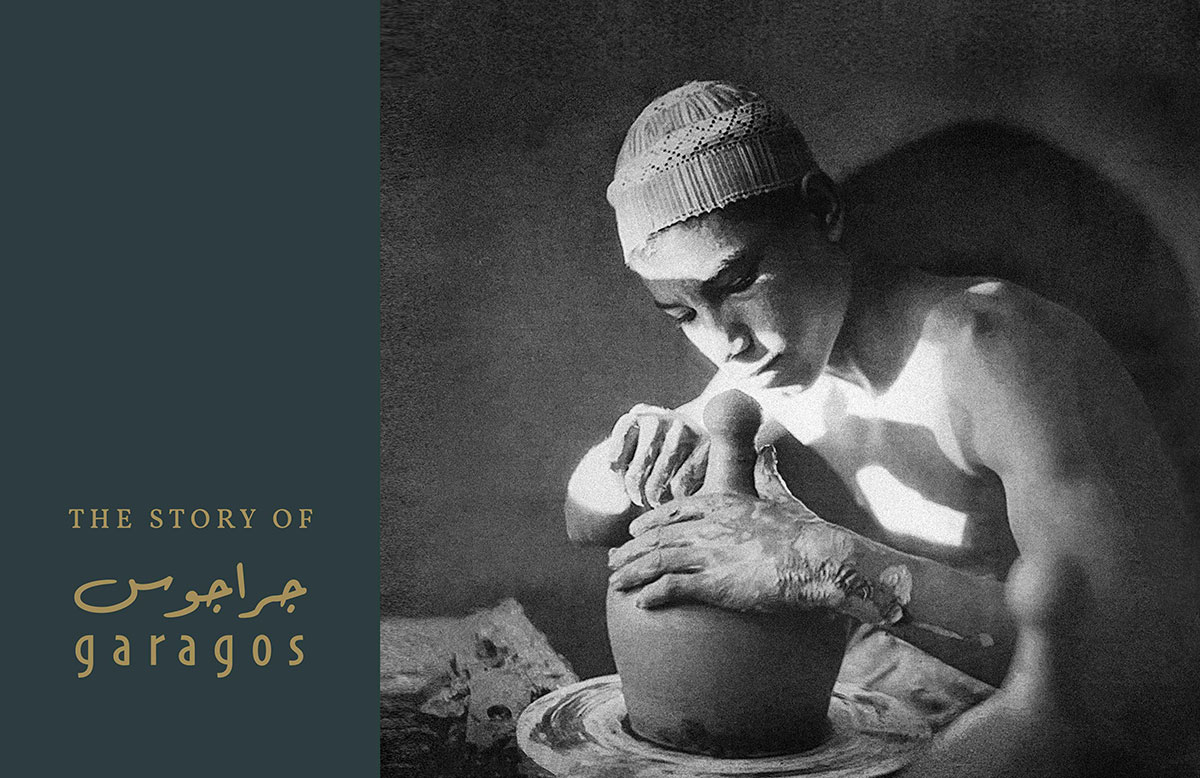The beginning
It all started in the 1940s, when Father Henry Ayrout a prominent Jesuit, established a primary school in the village. He was later joined in 1945 by two other Jesuits, Fr de Montgolfier and Fr Fenouyl, who both focused on social development projects. The idea of pottery was suggested by French archaeologists who were conducting excavations nearby.
Fr de Montgolfier was enthusiastic about the prospect, and asked his nephew Robert, an expert potter, to come over from France to train Garagos villagers on modern, innovative pottery making. He contacted the renowned architect Hassan Fathy, acclaimed internationally as the master of sustainable architecture, to build the factory in traditional Egyptian style.
By 1954, the factory was up and running. A group of 4 locals where fully trained, and eventually left in charge of the factory.
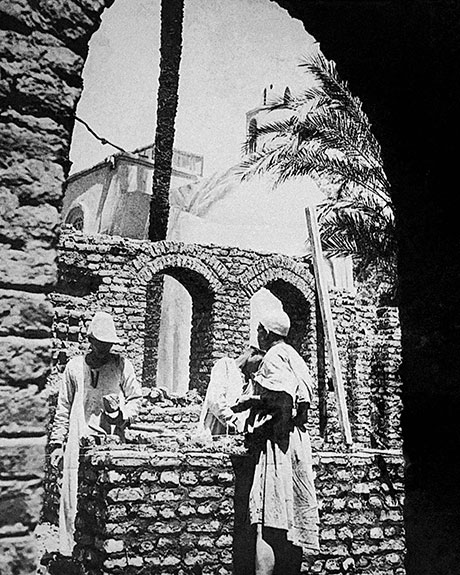
Construction of pottery factory
Designed by Hassan Fathy
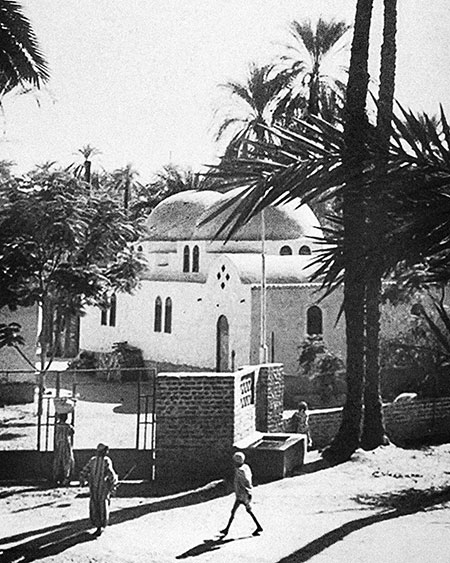
Garagos pottery factory
Completed in 1953
Over The Years
Over the years, Garagos became a major attraction, where tourists flocked to buy a piece of Garagos pottery. Characterized by it’s light weight, durability, and it’s distinctive colors (“colors of the pharaohs” as they say).
Garagos lived through prosperous times and was flourishing up until late 90’s. Inevitably hard times followed, and with the current global situation, it was very hard to recover. Many decided to leave their jobs at the factory to pursue a living elsewhere.
Despite these setbacks, we consider ourselves fortunate to have crossed paths with Nour. His unwavering passion and dedication to the craft motivated him to continue pursuing pottery and eventually led him to open a small studio in his own home. Despite the current state of Garagos, Nour’s determination and love for the art have allowed him to keep the tradition alive in his own unique way.
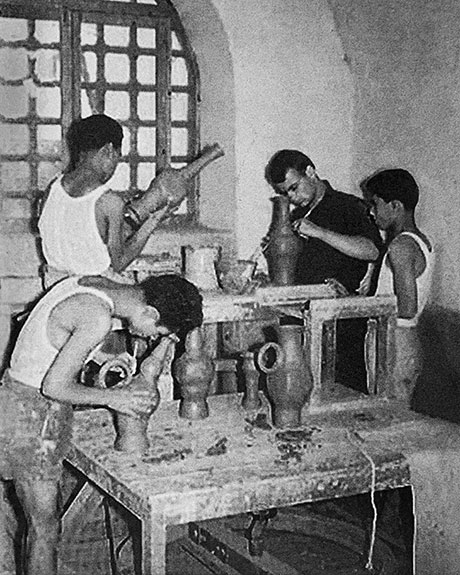
The four apprentices at work
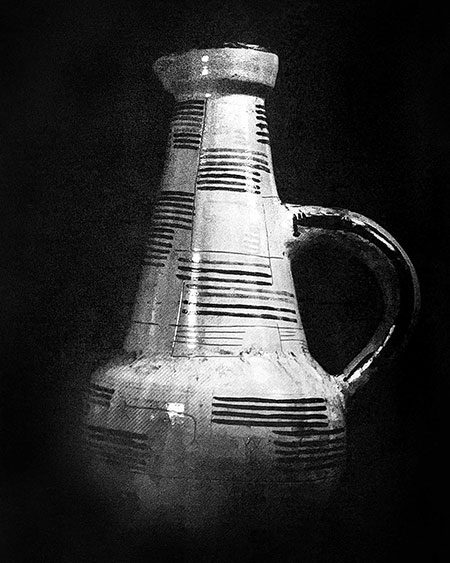
Garagos pottery circa 1955
All images are taken from the book:
Garagos, The Story of 21 Years of Jesuit and Brothers 1946-1967,
by Father William Sedhom


